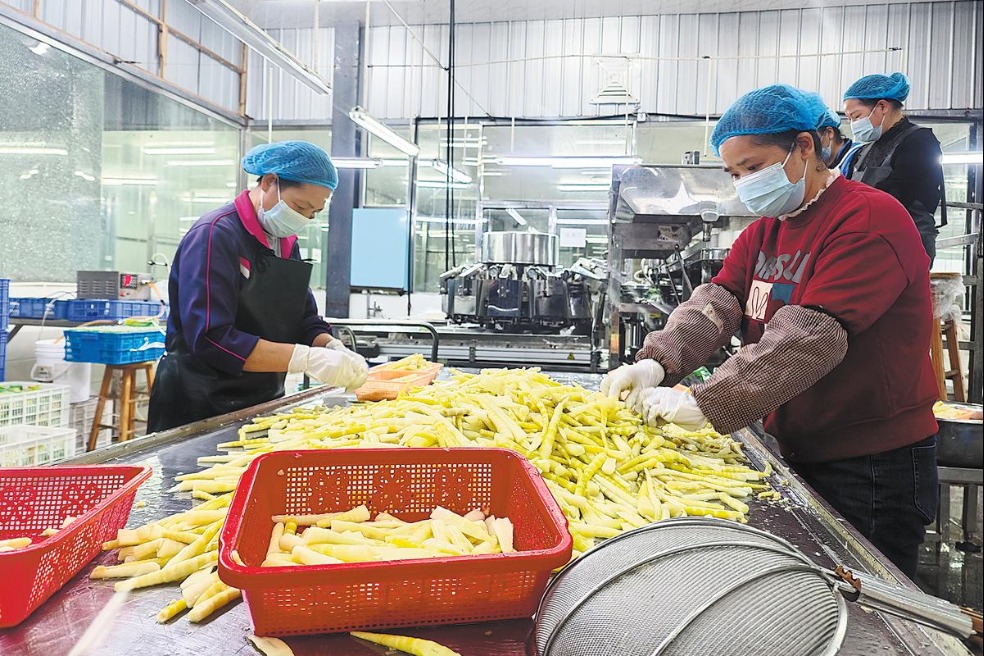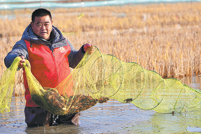An artist's take on life
Ongoing exhibition at the National Art Museum celebrates the career of preeminent flower-and-bird painter/artist, Fang Chuxiong, Lin Qi reports.

Babbling brooks, peaceful courtyards, atmospheric bamboo groves and fierce animals on grassland are all rendered through the deft brush strokes of Fang Chuxiong, a noted figure in the flower-and-bird genre of classical Chinese paintings, presenting an animated world that salutes the diversity and dynamics of nature.
Hailing from Guangdong province, Fang, now 71, carries forward the figurative brushwork and lively spirit of the Lingnan School of painting, also called Cantonese School, which originated in the southern province in the 19th century. Meanwhile he renders to the style a contemporary touch, providing his audience with a serene moment and mental comfort amid the urban hustle.
Heaven, Earth and Living Creatures, an exhibition at the National Art Museum of China which runs through Sept 21 in Beijing, brings together more than 120 of Fang's paintings, sketches and drafts, stretching back decades.
NAMOC director Wu Weishan says: "The mountain-and-water genre of classical Chinese paintings show people's philosophical take on the universe, the figure paintings express a pursuit of high morality, and the flower-and-bird genre reflects views on life and death."
Wu says that, therefore, a celebration of all living beings is at the core of Fang's creation, and while depicting the real world, he leverages the physical existence of the lives he captures to a spiritual height.
Fang says that a book of selected paintings by modern master Qi Baishi, which he received from relatives, ignited his interest in shuimo-or ink wash-art. A small child, he began to learn the technique. He graduated from Guangzhou Academy of Fine Arts and began teaching at his alma mater, before being sent to Beijing and Tianjin for further artistic accumulation, being instructed by prominent figures such as Li Keran and Li Kuchan.
Fang gained a reputation for a distinctive style that suits both refined and popular tastes. He preserves the figurative tradition of the Lingnan School, and he also inherits Lingnan School's tendency toward inclusiveness, by infusing it with an intellectual temperament of the Shanghai School and a spirit of historic weight upheld by the Jingjin (Beijing and Tianjin) School of paintings.
Meanwhile, the unique natural and cultural landscapes of South China have allowed Fang to burst with enormous creativity. "Throughout years I traveled a lot to mountainous areas, forests and woods, from Guangdong and Hainan provinces to Shangri-La in Yunnan province.
"The centuries-old trees there, together with the streams and unusual plants and animals, all kept me inspired. Not only was I caught by the beauty of the wildlife, but also, I was taken by the rustic atmosphere composed by the houses, domestic animals and even agricultural tools. Often I couldn't wait and just painted on site."
Xue Yongnian, a critic of classical Chinese art, says Fang abandons the conventional approach taken by ancient painters who produced close-up depictions of flowers and birds on thin tree branches, rather he constantly paints the thick tree trunks, sometimes magnifying the details, to accentuate the strength and imposing manner of the lives of his subjects.
Another feature of Fang's work, according to Shang Hui, another art critic and author, is that he has greatly extended the subjects and motifs of the flower-and-bird genre. "He paints a number of flowers and green plants unique to the southern region. His depictions of the rich, bright colors of these tropical species have enriched the presentation and aesthetic values of the flower-and-bird genre."
Shang says Fang also paints a lot of ferocious animals such as lions, tigers and eagles, other than the gentle birds commonly seen in the genre, and what he tries to express is far more than good virtues sought after by intellectuals, instead, he invites his audience to embrace the magnificence of nature and life.
Xue says Fang's paintings show his sensitivity to urbanites' longing for a simple, undisturbed lifestyle. People who are lost to infinite material demands and a fast-food culture, in our industrial civilization and digital age. "His work reveals to the viewer a spiritual land where they can rediscover their inner peace."
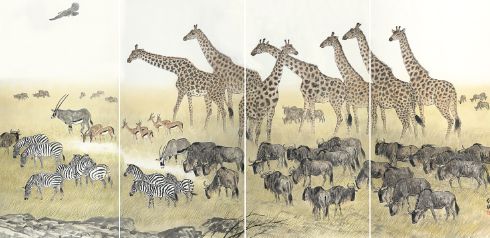
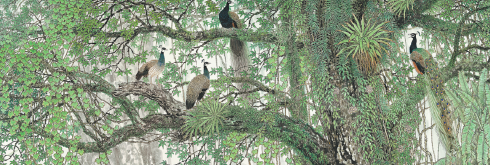

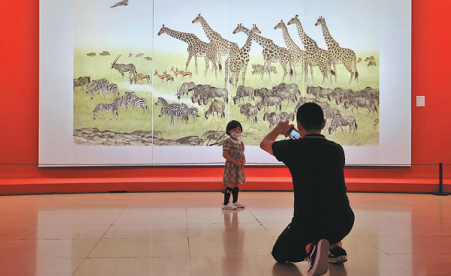
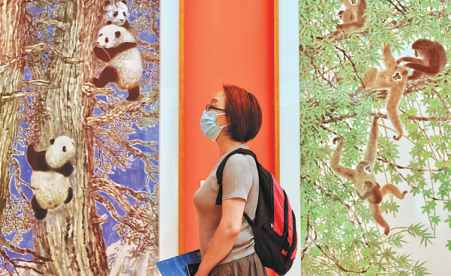
Today's Top News
- Washington should realize its interference in Taiwan question is a recipe it won't want to eat: China Daily editorial
- Responsible role in mediating regional conflict: China Daily editorial
- US arms sale only a 'bomb' to Taiwan
- China-Cambodia-Thailand foreign ministers' meeting reaches three-point consensus
- Drills demonstrate China's resolve to defend sovereignty against external interference
- Trump says 'a lot closer' to Ukraine peace deal



















